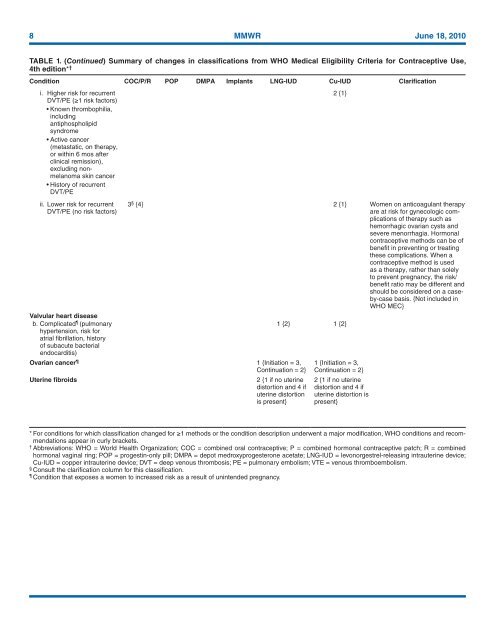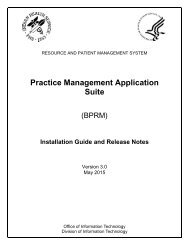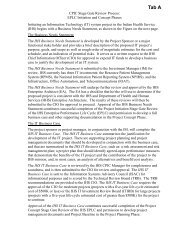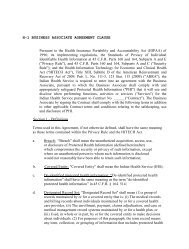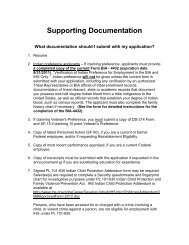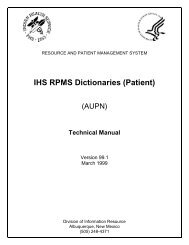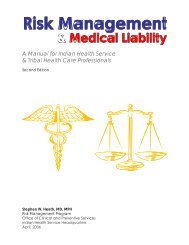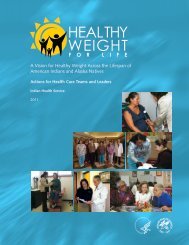CDC Article-US Medical Eligibility Criteria for Contraceptive Use, 2010
CDC Article-US Medical Eligibility Criteria for Contraceptive Use, 2010
CDC Article-US Medical Eligibility Criteria for Contraceptive Use, 2010
You also want an ePaper? Increase the reach of your titles
YUMPU automatically turns print PDFs into web optimized ePapers that Google loves.
8 MMWR June 18, <strong>2010</strong><br />
TABLE 1. (Continued) Summary of changes in classifications from WHO <strong>Medical</strong> <strong>Eligibility</strong> <strong>Criteria</strong> <strong>for</strong> <strong>Contraceptive</strong> <strong>Use</strong>,<br />
4th edition* †<br />
Condition COC/P/R POP DMPA Implants LNG-IUD Cu-IUD Clarification<br />
i. Higher risk <strong>for</strong> recurrent<br />
DVT/PE (≥1 risk factors)<br />
• Known thrombophilia,<br />
including<br />
antiphospholipid<br />
syndrome<br />
• Active cancer<br />
(metastatic, on therapy,<br />
or within 6 mos after<br />
clinical remission),<br />
excluding nonmelanoma<br />
skin cancer<br />
• History of recurrent<br />
DVT/PE<br />
ii. Lower risk <strong>for</strong> recurrent<br />
DVT/PE (no risk factors)<br />
3 § {4} 2 {1} Women on anticoagulant therapy<br />
are at risk <strong>for</strong> gynecologic complications<br />
of therapy such as<br />
hemorrhagic ovarian cysts and<br />
severe menorrhagia. Hormonal<br />
contraceptive methods can be of<br />
benefit in preventing or treating<br />
these complications. When a<br />
contraceptive method is used<br />
as a therapy, rather than solely<br />
to prevent pregnancy, the risk/<br />
benefit ratio may be different and<br />
should be considered on a caseby-case<br />
basis. {Not included in<br />
WHO MEC}<br />
Valvular heart disease<br />
b. Complicated (pulmonary<br />
hypertension, risk <strong>for</strong><br />
atrial fibrillation, history<br />
of subacute bacterial<br />
endocarditis)<br />
Ovarian cancer 1 {Initiation = 3,<br />
Continuation = 2}<br />
Uterine fibroids<br />
2 {1 if no uterine<br />
distortion and 4 if<br />
uterine distortion<br />
is present}<br />
2 {1}<br />
1 {2} 1 {2}<br />
1 {Initiation = 3,<br />
Continuation = 2}<br />
2 {1 if no uterine<br />
distortion and 4 if<br />
uterine distortion is<br />
present}<br />
* For conditions <strong>for</strong> which classification changed <strong>for</strong> ≥1 methods or the condition description underwent a major modification, WHO conditions and recommendations<br />
appear in curly brackets.<br />
†<br />
Abbreviations: WHO = World Health Organization; COC = combined oral contraceptive; P = combined hormonal contraceptive patch; R = combined<br />
hormonal vaginal ring; POP = progestin-only pill; DMPA = depot medroxyprogesterone acetate; LNG-IUD = levonorgestrel-releasing intrauterine device;<br />
Cu-IUD = copper intrauterine device; DVT = deep venous thrombosis; PE = pulmonary embolism; VTE = venous thromboembolism.<br />
§<br />
Consult the clarification column <strong>for</strong> this classification.<br />
<br />
Condition that exposes a women to increased risk as a result of unintended pregnancy.


